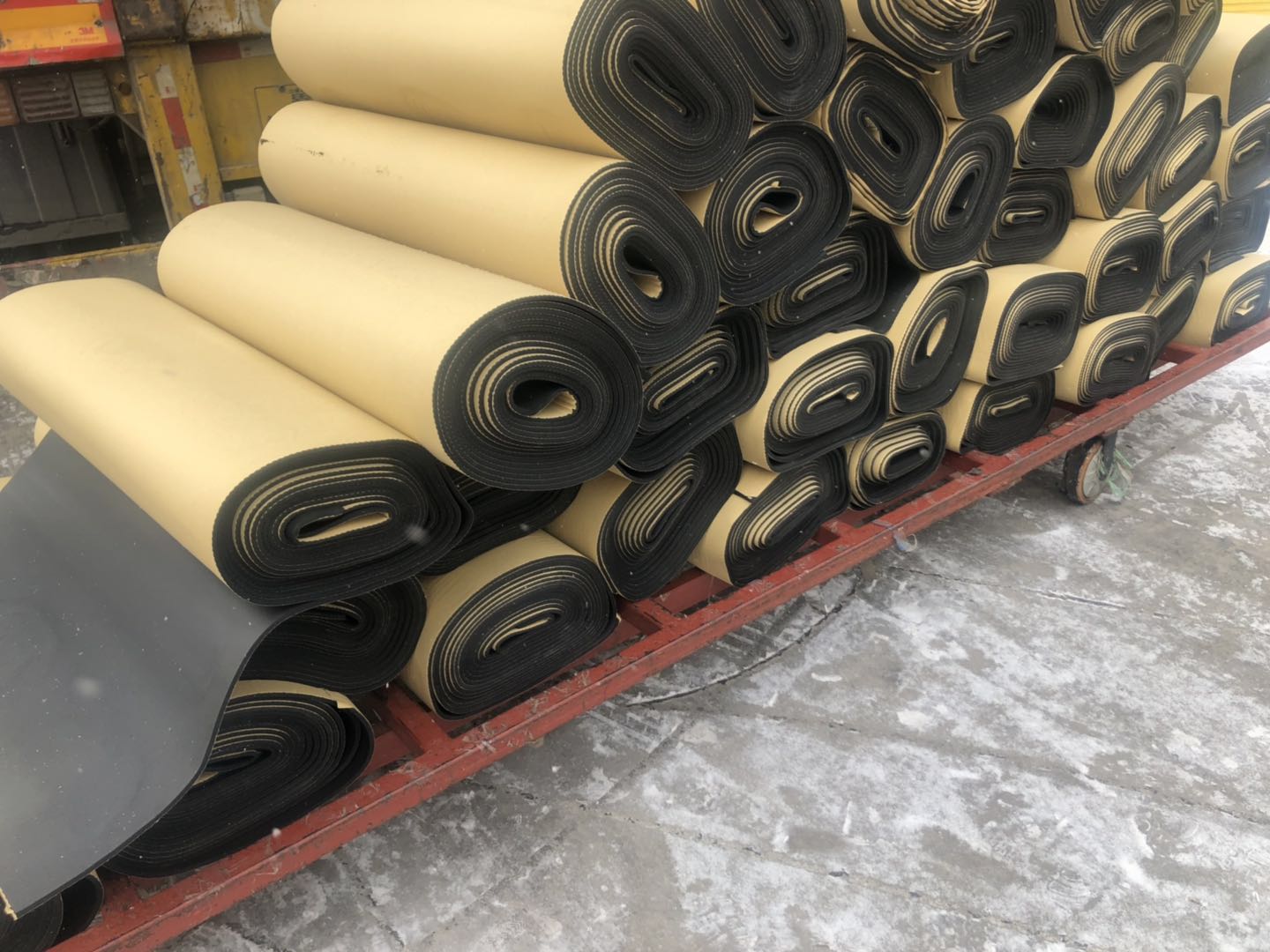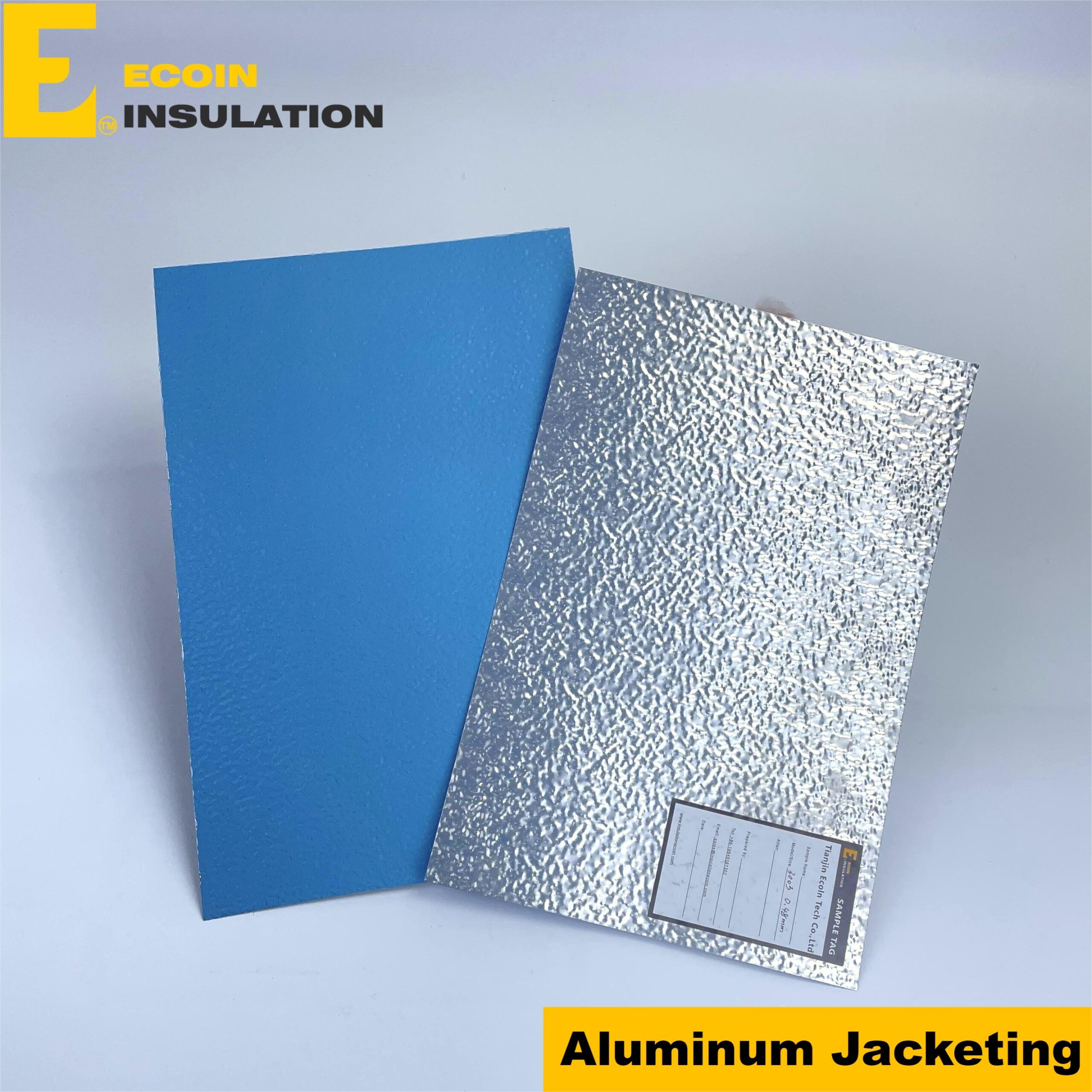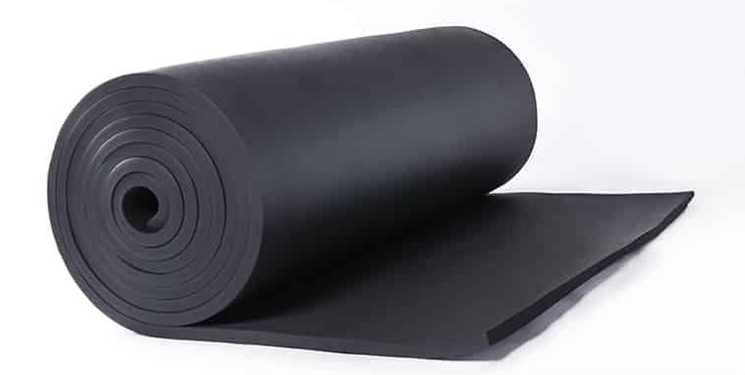1. What are the most common thermal insulation materials?
In terms of insulation materials, they can be classified into three main categories: bulky fiber materials such as fiberglass wool and mineral wool insulation; rigid foam boards such as foam rubber sheets; and sleek foils such as aluminum jacketing, etc. Among these, the most common types of thermal insulation are the following:
Glass Wool Insulation– Glass wool, also known as fiberglass wool, is one of the most popular insulation materials. It consists of extremely fine glass fibers and comes in many different forms, such as glass wool blankets, glass wool boards, etc.
Rock Wool Insulation– Strictly speaking, rock wool insulation is one type of mineral insulation. And The term “mineral wool” refers to two types of thermal insulation materials: rock wool made of natural minerals like basalt or diabase; the slag wool made of blast furnace slag. Rock wool insulation is the most popular type.
Foam Rubber Insulation–This foam rubber insulation includes neoprene foam and EPDM foam, etc, which are different types of rubber. This is a kind of blown material with cells holding off the transfer of heat well. And for this reason, the form rubber is an ideal type of heat insulation material, especially under high temperatures.
Aluminum Jacketing– The aluminum jacketing is a protective outer covering for mechanical insulation systems, including pipes, vessels, and other equipment. This aluminum insulation jacket helps to shield the insulation from moisture, wear, and other mechanical damages.
2. How to measure thermal insulation performance?
Heat Transmission Modes
To understand the thermal insulation performance, it’s necessary to understand how the heat is transmitted. Generally speaking, there are three modes:
Conduction-By this mode, the heat is transmitted by physical contact between particles and temperature difference. Thus thermal conductivity refers to the speed of heat flow passed from particle to particle.
Convection-By this mode, the heat is transferred when a heated air/gas or liquid moves from one place to another, carrying its heat with it.
Radiation-By this mode, the heat is transmitted in the form of light, more specifically, such as infrared radiation, etc. In this way, the heat energy can travel freely only through
completely transparent media such as the atmosphere or glass, etc.
Thermal Insulation Measurement
Based on the transmission modes that we mentioned above, the parameter to measure the insulation performance are the following:
K-Value: It’s a measure of the capacity of an insulation material to conduct heat through
It’s mass. More specifically, this can be defined as the amount of heat (in kcal, Btu or J) conducted in unit time through unit area of the unit thickness of material under unit temperature difference. It’s usually expressed in “W/mk”. In this case, the lower the K-Value, the better the heat insulation is.
R-Value: It’s a measure of the thermal resistance of a heat insulation material against the conductive flow of heat. To get the R-Value, you divide the thickness of the material by the thermal conductivity. Thus, this value is expressed in “m2.k/W”. The higher the R-Value, the better the heat insulation is.
Apart from these two factors mentioned above, there are also other important parameters while to measure the thermal insulation performance:
Combustion performance: It’s a parameter to measure how long the heat insulation material can withstand a standard fire resistance test. More specifically it tells how fast a flame will spread when introduced to the insulation material and how much smoke it produces. Normally the Class A or Glass 1 Fire rating is the best an thermal insulation material can receive.
Moisture Absorption: It’s important to consider moisture performance when selecting insulation. When the water is absorbed by the material and displaces the insulating air that is trapped in the insulation, the thermal conductivity of the material will get higher as the water’s thermal conductivity is nearly 20 times higher than the conductivity of the average thermal insulation. The higher the thermal conductivity, the worse the thermal insulation is.
Naturally, there are other more factors to consider while choosing the ideal heat insulation materials, such as price, environmental impact, sound insulation, etc.
3. How to choose the suitable heat insulation material?
Nowadays there is a great variety of cheap and common insulation materials available on the market. Each of these thermal insulation materials has its own ups and downs. When deciding which thermal insulation material you should use, you should be aware of which type will be the solution in your situation.
Thermal performance level-This is fundamental for a suitable thermal insulation material. The lower the K-Value (thermal conductivity), the better the material is; the higher the R-Value (thermal resistance), the better the insulation is.
ECOIN offers glass wool insulation with a relatively high R-Value ranging from R11 to R30, which satisfies various demands.
Resistance to mildew & rot-As we mentioned before, water absorption is a series problem for thermal insulation: it’s said that the absorption of only 20 percent moisture can cause up to 55 percent loss of insulation value. Besides, some types of insulation material such as aluminum jacketing might corrode at a much greater grade under humid conditions.
In terms of this issue, ECOIN offers aluminum insulation jackets with moisture barriers such as polysurlyn or kraft paper, etc., which protects aluminum jacketing from humidity.
Fire-protected-As many heat insulation materials are installed in metal buildings or houses, the resistance to fire is very important. ECOIN’s rock wool is made of non-flammable materials and can protect against fire by slowing down the spread of flames.
Our mineral wool insulation products ensure fire safety.
Environment impact-The insulation materials are widely used in residential applications, for example, glass wool or mineral wool is widely used in houses and metal buildings. However, these materials might include toxic substances such as formaldehyde, etc. For this issue, ECOIN has a series of environmentally friendly products, and the Formaldehyde-free Fiberglass Insulation is one of our star products. This type of fiberglass wool is very popular among our clients for their house insulation.
4. Choose ECOIN to get integral thermal insulation solutions
To choose suitable thermal insulation materials, the first step is to choose a reliable insulation material supplier. Among so many insulation manufacturers, why choose ECOIN? The reasons are the following:
Wide variety of choices- As we mentioned several times, different types of thermal insulation materials are designed for different applications, including industrial applications, commercial applications, and residential applications, etc. The essential in choosing the suitable heat insulation material is to choose the suitable type of thermal insulation for your situation. In ECOIN you can get a large gamut of products from bulky fiber materials such as glass wool to rigid foam board such as foam rubber insulation, and also sleek foils such as aluminum jacketing, etc.
Health and Safety- ECOIN value both the quality and the safety of the insulation material, which makes us distinguished from other insulation material suppliers. Most of our products have Class 1 or even Class A fire ratings. Besides we produce many environmentally friendly products such as Formaldehyde-Free Glass Wool.
Integral Insulation Solution- ECOIN doesn’t only offer insulation materials but also integral insulation solutions. From the moment you send us the message, you’re in touch with our expert and professional sales team offering you a one-stop service.











